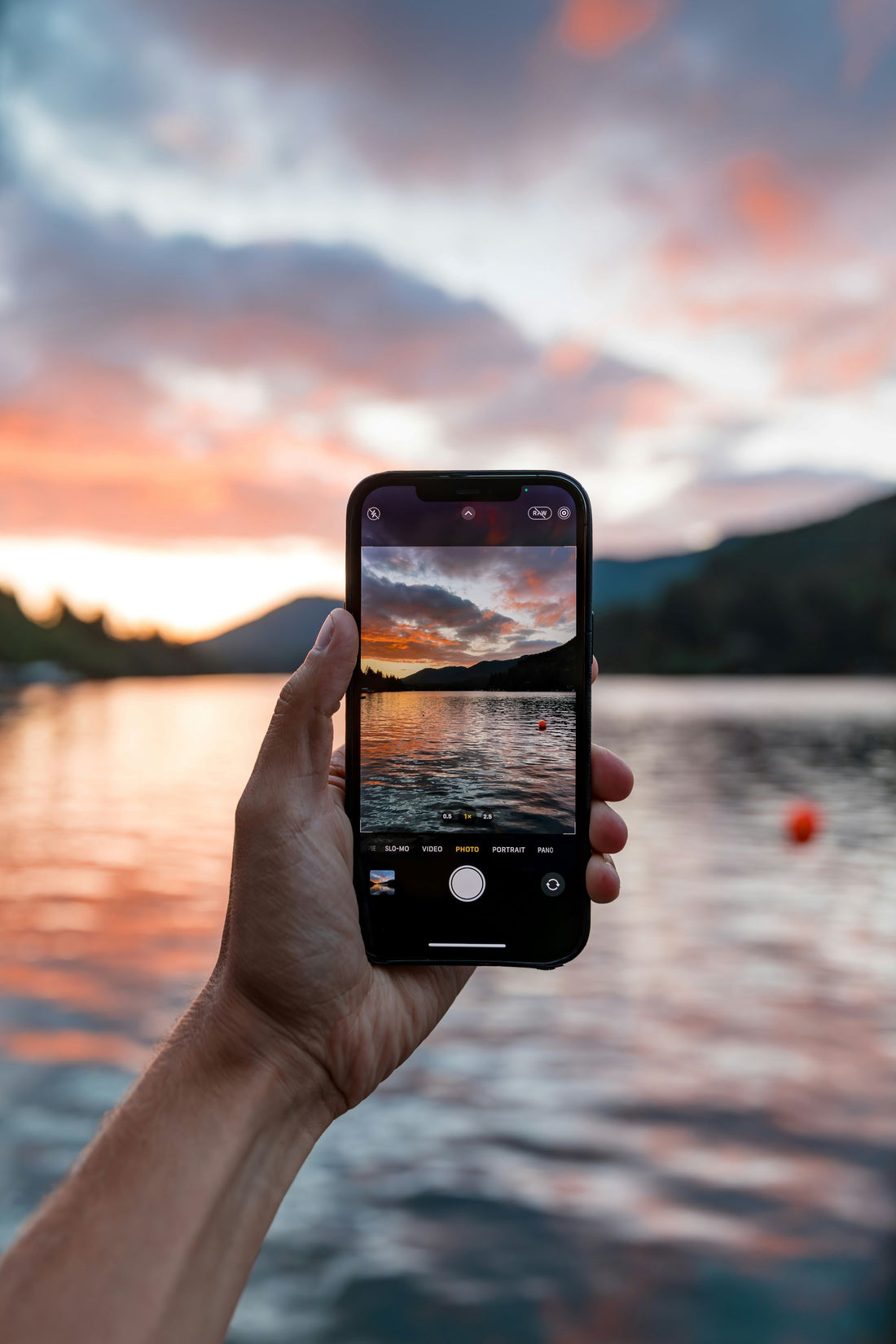
How to Take the Best Photos on Your Smartphone: A Comprehensive Guide
Smartphones have transformed the way we capture moments, making photography accessible to everyone. With just a few tips and tricks, you can elevate your smartphone photography from simple snapshots to stunning images. Here’s a detailed guide on how to take the best photos with your smartphone.
1. Know Your Camera Settings
Understanding your smartphone’s camera settings is the first step toward better photography. Familiarize yourself with features like:
-
HDR (High Dynamic Range): This mode helps balance the exposure between the bright and dark areas of a scene. Use it in high-contrast situations, like landscapes with bright skies and dark foregrounds.
-
Grid Lines: Enable grid lines to help you follow the rule of thirds, improving your composition by aligning subjects along the lines or intersections.
-
Focus and Exposure: Tap on your subject to focus and adjust the exposure. Most smartphones allow you to slide your finger up or down to increase or decrease brightness.
2. Master Lighting Techniques
Lighting is crucial in photography. Here’s how to use it to your advantage:
-
Natural Light: Whenever possible, use natural light. Golden hour (just after sunrise and before sunset) provides soft, warm lighting that enhances photos.
-
Avoid Harsh Shadows: Midday sun can create unflattering shadows. If you must shoot during this time, look for shaded areas or use reflectors to bounce light.
-
Backlighting: Shooting against the light can create stunning silhouettes. Just ensure your subject is well-defined against the bright background.
3. Composition Matters
A well-composed photo draws the viewer's eye and creates a sense of balance. Here are some composition techniques:
-
Rule of Thirds: Divide your frame into nine equal parts using grid lines. Position key elements along these lines or at their intersections for a more dynamic composition.
-
Leading Lines: Use natural lines (like roads, paths, or fences) to guide the viewer’s eye towards the subject of the photo.
-
Framing: Use natural frames (like trees, windows, or doorways) to enclose your subject and add depth to the photo.
4. Use the Right Angle
Experimenting with different angles can transform your photos:
-
Get Low: Shooting from a low angle can make your subject appear more prominent and dramatic. This is particularly effective for portraits or architectural shots.
-
Bird’s Eye View: A high angle can give a unique perspective, especially for flat lay photography. This works well for food, products, or any arrangement.
-
Tilted Perspective: Slightly tilting your camera can add interest and dynamism to your images, but use this sparingly to avoid disorientation.
5. Focus on Your Subject
Your subject should be the star of your photo. Here’s how to ensure it stands out:
-
Clear Background: Avoid busy backgrounds that can distract from your subject. A simple, uncluttered background helps your subject pop.
-
Depth of Field: If your smartphone allows it, use portrait mode or adjust the aperture to create a shallow depth of field, blurring the background and highlighting your subject.
6. Experiment with Editing
Post-processing can enhance your photos significantly. Here are some editing tips:
-
Editing Apps: Use user-friendly apps like Snapseed, Lightroom, or VSCO to fine-tune your images. Adjust brightness, contrast, saturation, and sharpness for a polished look.
-
Filters: While filters can enhance photos, use them judiciously. Aim for a consistent style that reflects your aesthetic without overpowering the original image.
7. Utilize Smartphone Features
Modern smartphones come equipped with various features that can enhance your photography:
-
Burst Mode: Use burst mode to capture a series of images in quick succession. This is especially useful for action shots or moving subjects.
-
Night Mode: Many smartphones offer a night mode for low-light situations. This feature adjusts settings to capture more light and reduce noise.
-
Macro Mode: If your phone has a macro feature, use it to capture close-up details of flowers, textures, or small objects, revealing intricacies often missed by the naked eye.
8. Practice Patience and Timing
Great photography often requires patience. Here’s how to improve your timing:
-
Wait for the Right Moment: Whether it’s capturing a candid expression or the perfect wave crashing on the shore, take your time to observe and anticipate the right moment.
-
Experiment: Don’t be afraid to take multiple shots from different angles or settings. Sometimes the best photos come after several attempts.
9. Be Mindful of Your Surroundings
Consider the context of your photo:
-
Cultural Sensitivity: If you’re photographing in public spaces or different cultures, be respectful and aware of local customs and norms.
-
Safety: Always prioritize your safety. Avoid precarious positions or environments just for a photo, and be cautious of your surroundings.
10. Have Fun and Be Creative
Finally, the most important tip is to enjoy the process. Photography is an art, and creativity thrives when you’re having fun. Experiment with different styles, subjects, and techniques. Don’t be afraid to break the rules!
Conclusion
With these tips in mind, you’re well on your way to taking stunning photos with your smartphone. Remember that practice makes perfect, so keep shooting and exploring your creative potential. Whether you’re capturing everyday moments or special occasions, your smartphone can be a powerful tool for preserving memories that last a lifetime. Happy snapping! 📸✨











